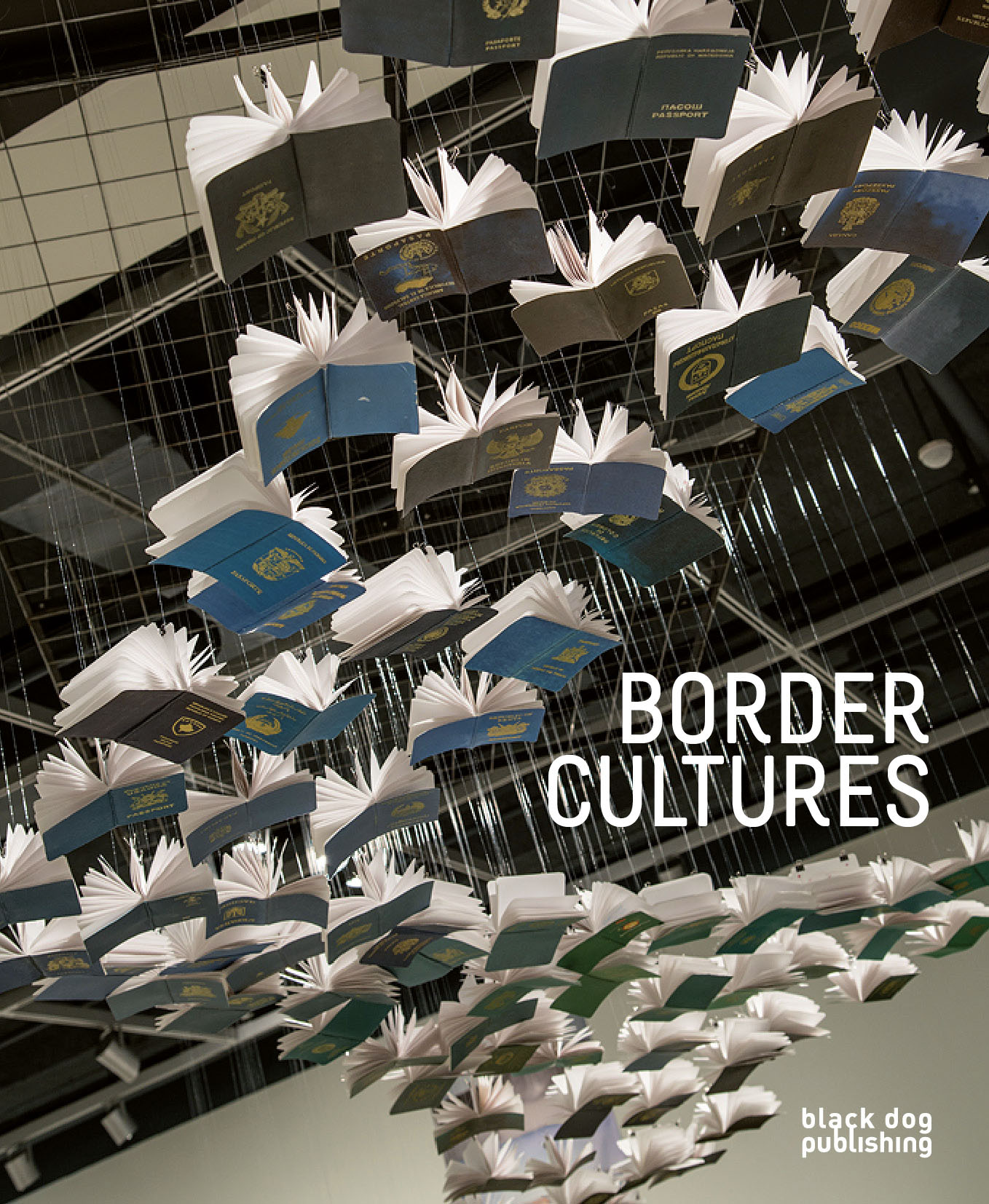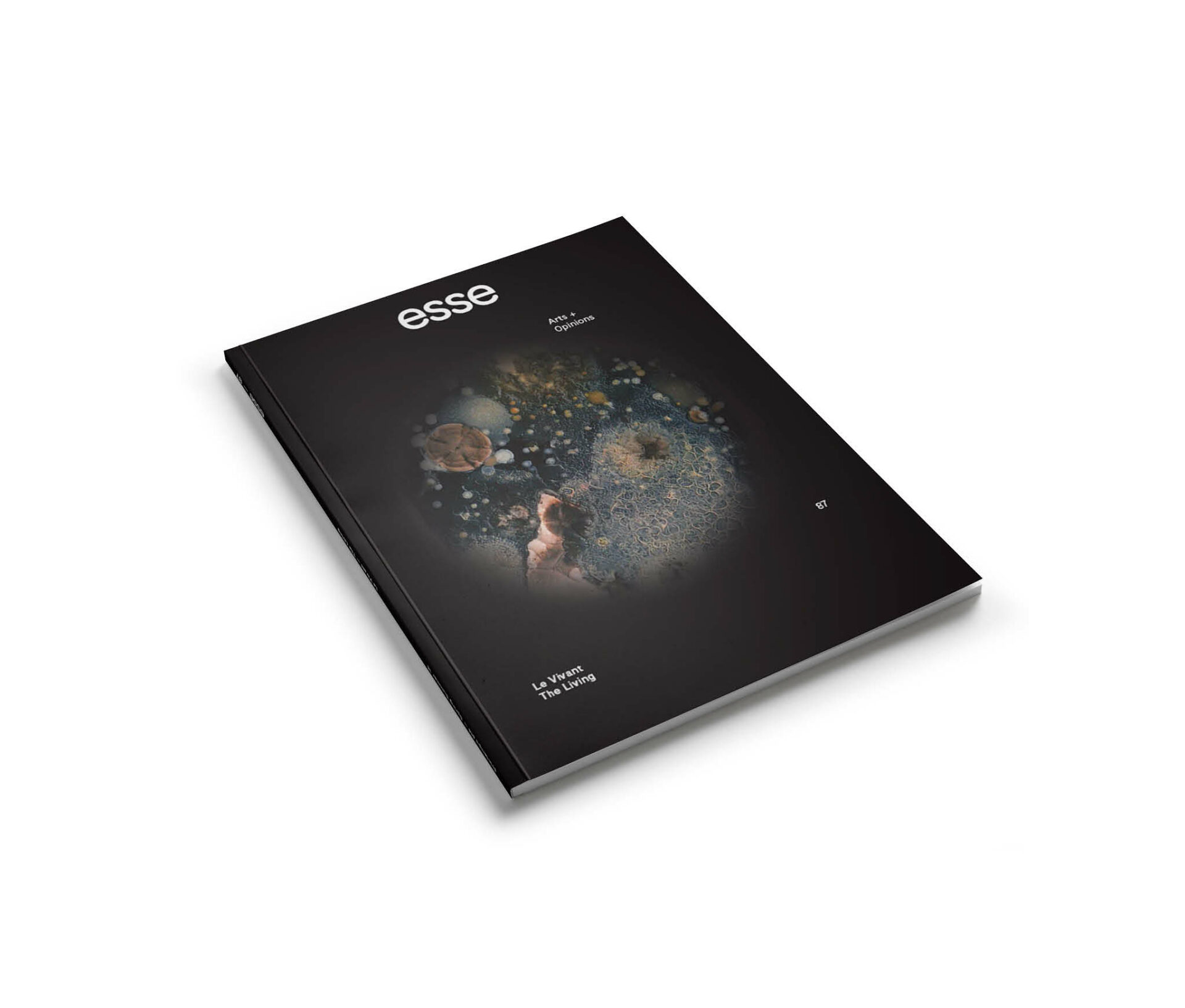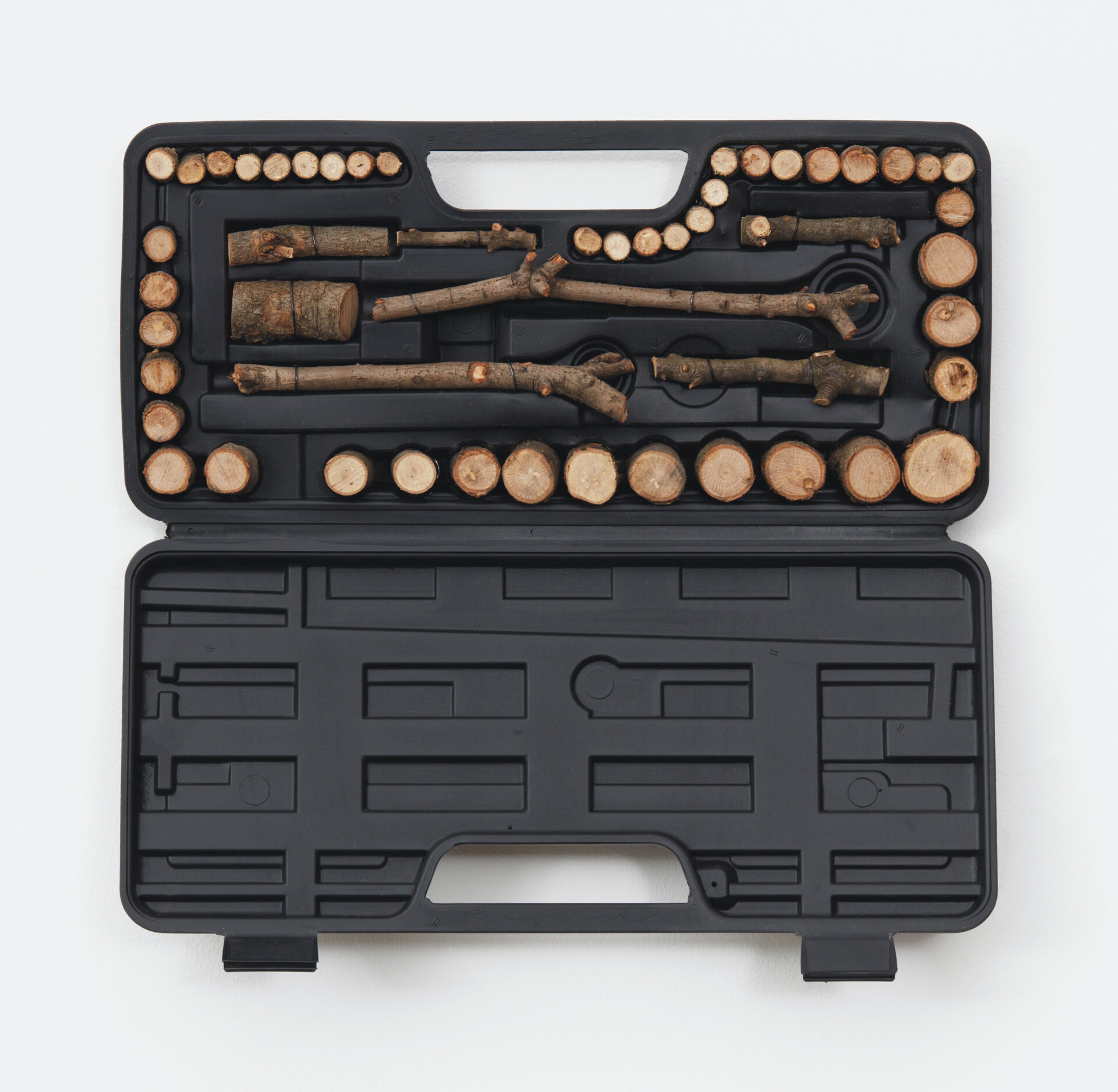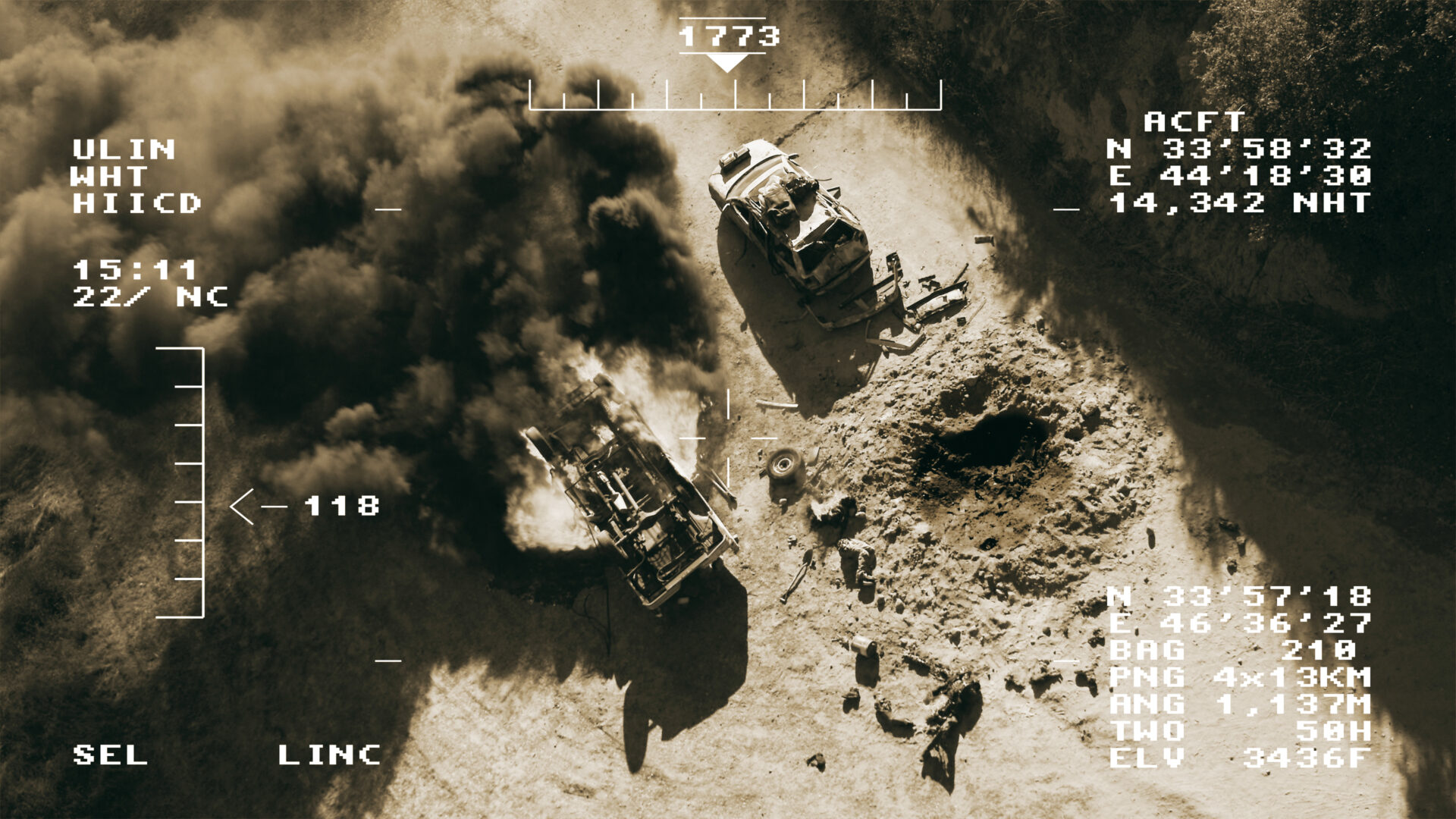Srimoyee Mitra (ed.)
Border Cultures

Photo : Frank Piccolo
Border Cultures (2015) details the Art Gallery of Windsor’s multi-year exhibition of the same name and foregrounds the efforts of contemporary artists keen on disrupting the idea of national boundaries through social practice, documentary realism, media installations, and performance art. Presented in three parts, the show was conceived as an exhibition-in-progress, an active and unfolding space that encouraged dialogue around the exhibition’s central themes: homes, land (2013); work, labour (2014); and security, surveillance (2015). Edited by curator Srimoyee Mitra, the bookfeatures essays by artists, academics, filmmakers, curators, and writers such as Lee Rodney, Christopher McNamara, and Martha Rosler, and provides meditations on issues ranging from geopolitical identity, immigration, and the Canadian and American “frontier.”In her compelling introduction, Mitra shares her personal experience emigrating from India to Canada in 2000, where, a decade later, she settled in Windsor, Ontario to join the AGW. While Windsor borders the United States via Detroit, Mitra argues that discussions surrounding its status as a border city are largely absent from the Canadian cultural narrative. This blind spot is likewise perpetuated by Detroit as it, too, fails to think of itself as a threshold to Canada. Access between the two countries has changed drastically post 9/11; crossing this boundary is now accompanied by heavier surveillance and security measures which have complicated the lives of labourers who traverse the border each day. Border Cultures zeroes in on this geographical area and ties it to larger discussions of nationality, domesticity, and the policing of foreign bodies. In Midnight dawn 20-10-10, sound artist Radiodress (a.k.a. Reena Katz) offers a platform where artists and labour organizations engage with the socio-economic effects of the Windsor — Detroit tunnel, which is used by commuters and labourers to cross the border on a daily basis. Here, parallels are drawn between the tunnel and the Underground Railroad, shining a light on Canada’s involvement in the North American slave trade. The livelihoods of migrant labourers in Canada is also addressed in Deborah Barndt’s and Min Sook Lee’s installation Milagros for Migrant Workers (2012), which features suitcases lit to mimic altars filled with milagros: small charms of gratitude left before altars in Mexico and Latin America. These tokens evoke the migrant experience in Canada through photographs, voice recordings, and prayer cards.
Create your free profile or log in now to read the full text!
My Account



